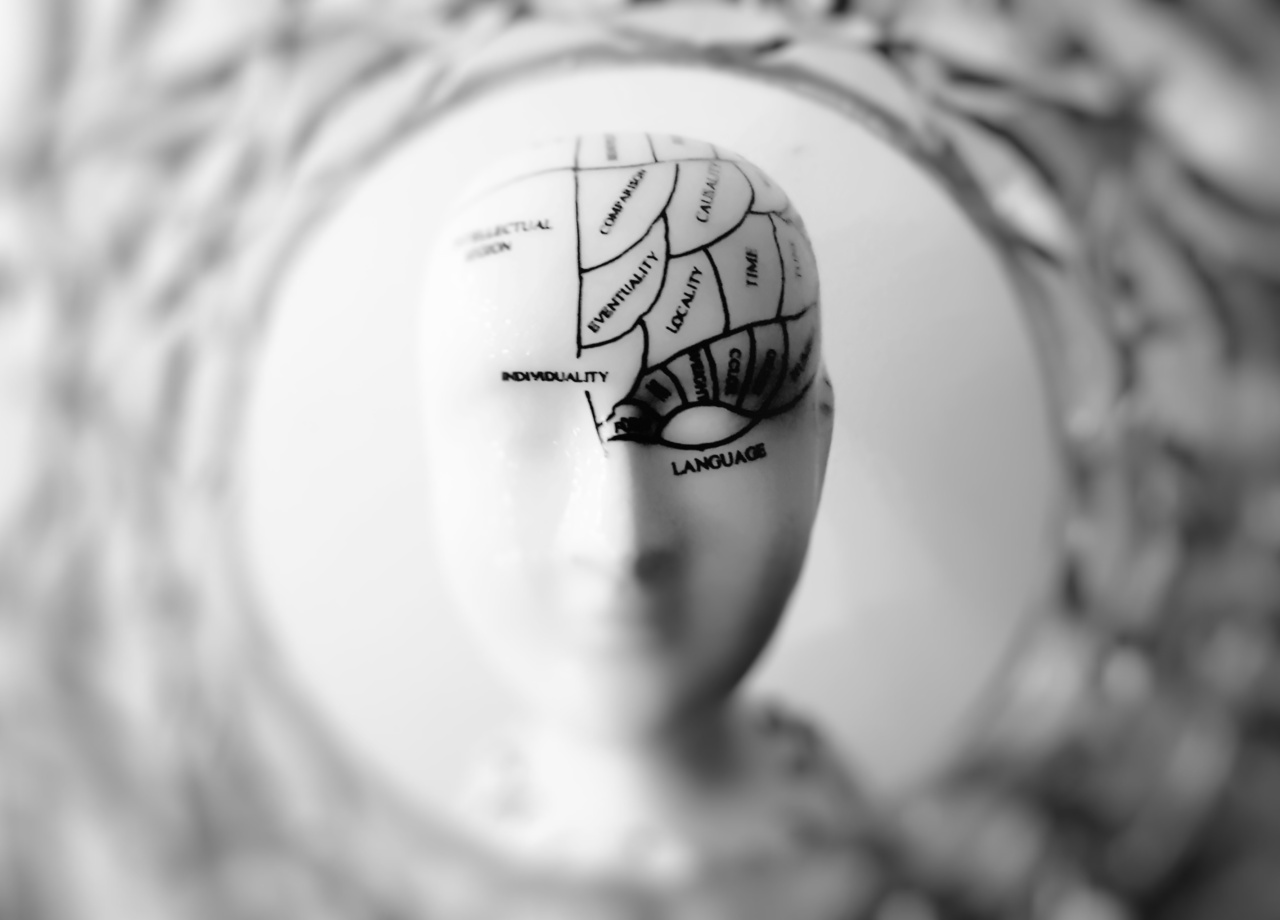Syndoclide brain hematoma is a condition that occurs when blood pools in the brain due to a traumatic brain injury. This condition can be fatal if not promptly treated. In this article, we will discuss ways to prevent syndoclide brain hematoma.
Understanding Syndoclide Brain Hematoma
Syndoclide brain hematoma occurs when the brain is forcefully shaken or pulled. This causes the blood vessels in the brain to burst, leading to bleeding in the brain.
The pooling of blood in the brain can cause increased pressure in the brain, which can be a life-threatening condition.
Preventing Syndoclide Brain Hematoma
Wear Protective Gear
If you engage in high-risk activities such as sports or other physically demanding activities, it is essential to wear protective gear.
Wearing protective gear such as helmets, pads, and other safety equipment can help cushion the impact of a potential blow to the head, reducing the risk of brain injury.
Drive Safely
Car accidents are common causes of brain-related injuries. To reduce the risk of brain injury, it is critical to drive safely.
This includes wearing a seatbelt, avoiding distractions such as texting or eating while driving, and following the traffic laws and speed limits.
Avoid Falls
Falls can also lead to syndoclide brain hematoma. To reduce the risk of falling, it is essential to keep your surroundings clean and free of clutter. Also, avoid climbing on ladders or high places without proper safety equipment.
Be Cautious during Physical Activities
Physical activities such as contact sports can be dangerous and increase the risk of head injuries. It is essential to be cautious while participating in physical activities.
Avoid headfirst tackles, and follow proper safety guidelines such as wearing protective gear, using proper form, and playing within your limits.
Recognizing the Symptoms of Syndoclide Brain Hematoma
It is important to recognize the symptoms of syndoclide brain hematoma. Early recognition of symptoms can help prevent further complications. Some common symptoms include:.
- Headache
- Nausea and vomiting
- Dizziness
- Confusion
- Seizures
- Loss of consciousness
When to Seek Medical Attention
If you experience any symptoms of syndoclide brain hematoma, seek medical attention immediately. If left untreated, syndoclide brain hematoma can lead to severe complications, including permanent brain damage and death.
Treatment Options for Syndoclide Brain Hematoma
The treatment for syndoclide brain hematoma depends on the severity of the condition. Treatment options may include:.
- Observation
- Medications to reduce swelling and prevent seizures
- Surgery to remove blood clots and relieve pressure in the brain
- Rehabilitation therapy to improve motor skills and cognitive function
Conclusion
Syndoclide brain hematoma is a serious condition that can have severe consequences if not promptly treated.
Taking preventative measures such as wearing protective gear, driving safely, and being cautious during physical activities can help reduce the risk of injury. If you experience any symptoms of syndoclide brain hematoma, seek medical attention immediately to prevent further complications.





























